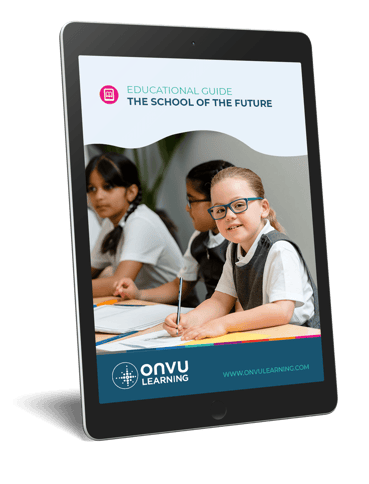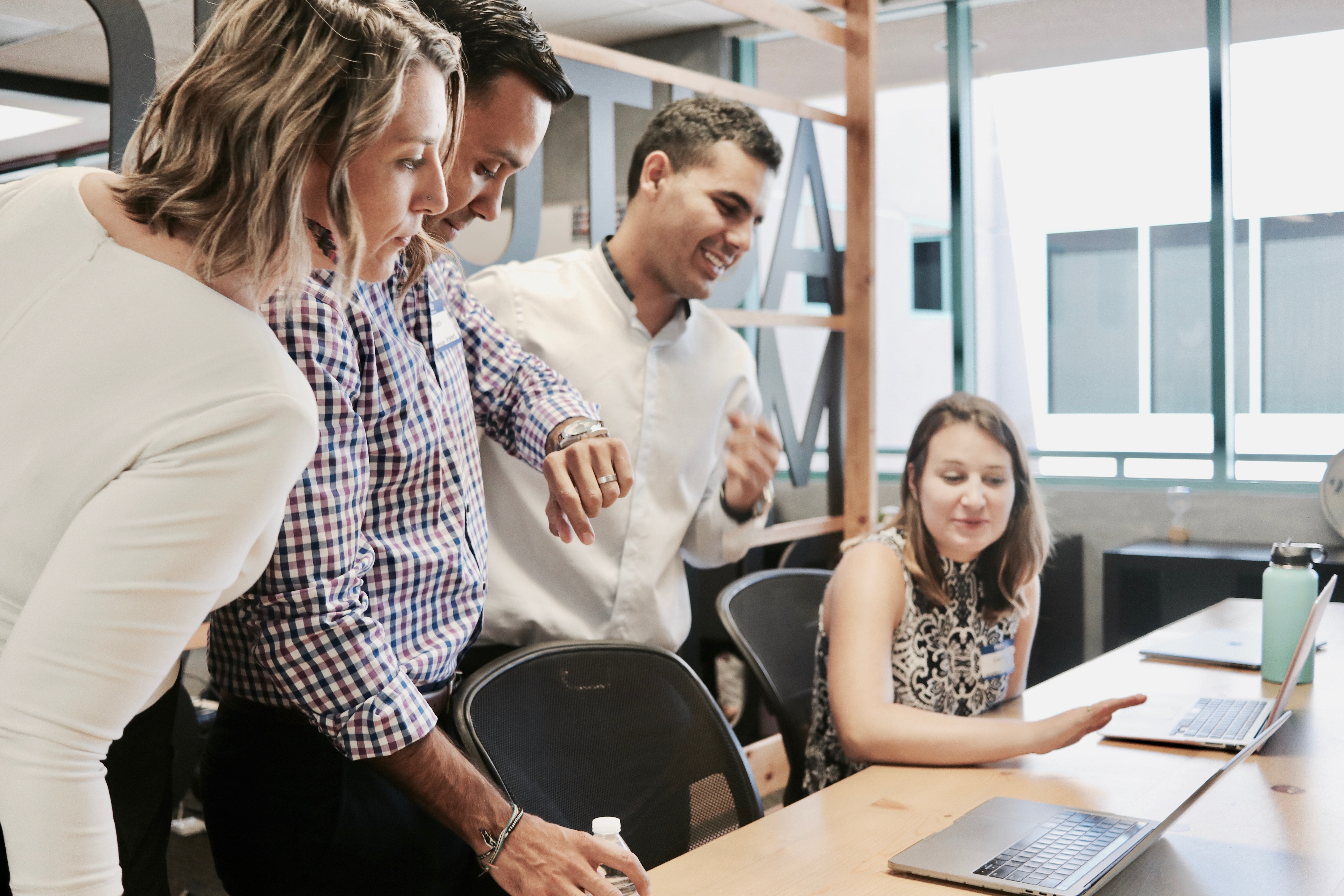- Lesson Observation Blogs
- 3 Minute Read



Over the past months, we’ve been sharing our research, experience and thoughts on how best practice in lesson observation for teachers can drive a school forward, change the culture and improve teaching and learning.
Our articles will cover the following topics…
To receive the whole series, make sure you sign up to our newsletter here – and follow us on social media.
This article is the third in the series. Once you’ve set up a pilot observation programme, it’s so important to take some time out to prepare for it. Here are our tips for the person being observed (next time we’ll look at what both observer and observee need to do after the observation).
1. Focus on what you want from the observation
It’s so easy to see an observation as a challenge that you forget about the opportunity of having direct feedback from an experienced colleague. Think about how best to use them – are there particular areas you’d like to improve or things you’ve been working hard on yourself that you’d like them to evaluate?
2. Explain where the lesson fits in your class’s learning journey
At one of our partner schools, Aston University Engineering Academy, they don’t use the word ‘lesson’ anymore – they talk about ‘sessions’ to show that there’s a wider journey. This is highly useful information for an observer who will be better able to see how students are learning – are they recalling definitions and concepts from previous lessons or improving work they’ve already started?
3. Find out more about the observer
You might have an idea of the subject the observer teaches, but they can help in other areas – do they have experience in behaviour management, do they know the group you are teaching from their own experience, or are they researching particular aspects of teaching as part of a wider professional qualification?
4. Let the observer know which part(s) of the lesson you particularly want to receive feedback on
There’s a lot of evidence that a whole lesson is too much to digest in one observation – the stress is multiplied for the teacher and the observer’s attention may drift. If you’re teaching parallel classes, it might be better to watch the same part of multiple lessons – if possible, with some feedback in between.
5. Talk to the observer about anything else you’re doing to improve your classroom practice
Teachers are often very curious about their professional practice but don’t get much chance to talk to fellow teachers about the latest ideas. If you’ve been reading about the appliance of neuroscience to teaching and are looking at reducing cognitive load, or the importance of increasing vocabulary, tell the observer how you’re using these ideas in your lessons.
6. Let the observer know of any specific students you’d like them to watch and why
Feedback from our partner schools is that one of the ‘quickest wins’ from an observation programme is the insight it gives into individual learners – from the student that regularly starts damaging low-level disruption to the disengaged pupil who does very little unless directly addressed. Observers can often identify the triggers for these events and give the teacher evidence for one-to-one conversations.
7. Share how you’d like to receive feedback
Giving feedback is often seen as the role of the observer, but outside of any formal assessment process that your school insists on, your views should be taken into consideration. Ideally you can work together on a feedback form and process that, for instance, gives actual examples of issues that are raised and suggests feasible responses that can be achieved while considering workload issues.
8. Ask if the observer would like other evidence before or after the lesson
Observers might want to know more about the class, or to see their work. But walking around looking in books or asking questions in the lesson just reminds students that they’re being observed. A quick look at current work without context can be misleading; and taking work after the lesson can be irritating for students and teachers. The solution is to agree this in advance – for example, the teacher might be able to copy some of the work completed in the lesson to help the later discussion.
9. Suggest where the observer could sit
An observer in the classroom has an obvious impact on the lesson and as the classroom teacher, you’re probably the best person to know where the impact will be minimised. Don’t leave it until the start of the lesson when the only place left is highly visible or leaves the observer in the direct eyeline of many students – make arrangements beforehand.
10. Arrange a time to observe them
This is the same final suggestion as in the last article for observers, but both parties should be open to mutual observation – especially colleagues who teach the same subject or phase!
We hope these tips can help you prepare for a lesson observation and achieve the most positive experience from it, as we understand that traditional observation methods can be nerve wrecking for even the most seasoned of teachers. If you are tired of such traditional methods then explore what ONVU Learning has been working on – an innovative and forward-thinking way to help teachers self-reflect on their lessons and improve their practice.
Did you like this post? Make sure you sign up to our newsletter so you can be on top of the latest conversations around teacher training and development by ONVU Learning. Until then!

The School of the Future Guide is aimed at helping school leaders and teachers make informed choices when designing the learning environments of the future using existing and upcoming technologies, as they seek to prepare children for the rest of the 21st century – the result is a more efficient and competitive school.
KEEP IN TOUCH WITH ONVU LEARNING AND RECEIVE THE LATEST NEWS ON EDTECH, LESSON OBSERVATION, AND TEACHER TRAINING AND DEVELOPMENT.